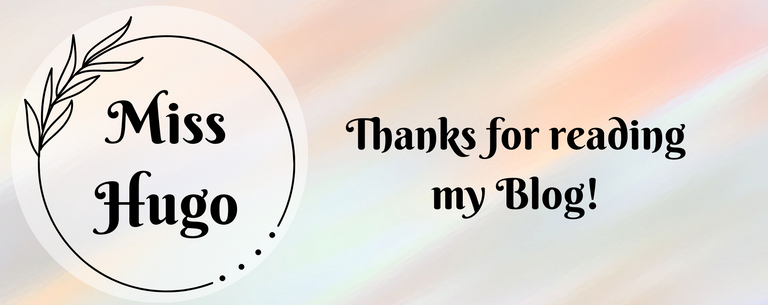
Doomsday
A concept that most are not comfortable engaging with due to its sheer hopelessness and negativity. It was introduced in 1947 by the Bulletin of the Atomic Scientists. It represents the possibility of an apocalypse (midnight) and expresses threats to society and the planet. It has influenced many planning practices over the years including sustainability. While there are many opinions on the doomsday concept we still need to find alternative ways of living. For years now society has been bombarded with the term Sustainable development… I’m afraid that a new concept is making its rounds. Dennis Meadows stated in an interview that at this point in time, it is already too late to look into sustainable development and that the focus should be placed on resilient planning.

Despite the bricks, this little moss plant has adapted to the environment and is still able to flourish. This is what Building Science should aim for.

Sustainable Development levels up to Resilience

Sustainable development is defined as “development that meets the needs and aspirations of the present generations without destroying the resources needed for future generations to meet their needs” - (Keeble, 2007). We can also describe sustainability as the ability to WITHSTAND change. At the rate we are currently going we are even starting to see a decline in resources for our own generation. Clearly, sustainable development isn't the answer anymore and scholars have started looking into Resilience.

Sustainable development consists of three spheres. Each is supported by different Sustainable Development Goals.
Source: Kostoska, O. and Kocarev, 2019.
Resilience refers to ” the ability to bounce back from adversity and not break” - Prof Tanya Byron. In other words, resilience is the ability of the system to adapt to change while still maintaining its original function and structure. So how does it link to Sustainable Development? Well, it can be described as the structures (the environment, society and economy) and the way they adapt to outside factors. There is an ever-growing need to adapt and find ways of coping with the permanent change in nature and the increasingly negative impact society has on the environment.

Despite this tree falling over, it continued to grow. It bounced back from the negative experience and adapted to the new situation. It is a true example of resilience.
Source: https://www.2civility.org/bouncing-back-value-resilience/

Another example of resilience is seen with succulents. These plants are able to go through extreme drought and flooding and still manage to survive and thrive.

How do we do it?

Resilient planning is becoming more important for it ensures that society is able to pass through challenges, but also to find ways that these challenges may be avoided. Urban Planners have the training, capacity and professional responsibility to positively influence the built and natural environment. Since planners influence the way development takes place, planners can promote the use of alternative practices that is more sustainable, regenerative and resilient.

I hope my “Paint” skills will help get the explanation across. The idea behind resilience is to always improve. The world may experience challenges and threats, but how do we bounce back? How do we adapt? Sustainable development is still relevant in my opinion, but I believe we can make use of both these concepts in the future.

Why do we do it?

I think this one is obvious… We want a society that can adapt to negative external changes. The changes can be environmental or even economical. Bringing this back to current day events, many countries experienced a knock in the economy due to the pandemic, and proper resilient planning could have assisted in getting back up a lot easier and quicker. Resilience is not the ability to avoid, withstand or discard challenges. It is simple a way to accept that challenges will pop up and that we need to learn to deal with them, grow from them and do better.

This little flower is blooming between the cracks of the dry soil. Despite its surroundings, it is still going strong Source: https://hbr.org/2022/06/what-leaders-get-wrong-about-resilience
Sustainable development and Resilience are necessary for the economy to grow after a recession, for nature to adapt to the ever-changing climate and human impact, and for society to adapt and deal with the challenges we have created for ourselves, as well as the challenges that naturally occur.

Sources:
Please note that I make use of various articles to form my posts. All articles used are listed below. Feel free to download and read them! Images with no source indicated below them are my own.
Avery D. 2021. The story behind the legendary Doomsday Clock and where it’s headed.
Gambino, M. 2012. Is it too late for sustainable development? Smithsonian Magazine. https://www.smithsonianmag.com/science-nature/is-it-too-late-for-sustainable-development-125411410/
Kostoska, O. and Kocarev, L. 2019. A novel ICT framework for sustainable development goals. Sustainability, 11(7), p.1961.
Li, X. and Xiao, R., 2017. Analyzing network topological characteristics of eco-industrial parks from the perspective of resilience: A case study. Ecological Indicators, 74, pp.403-413.
Mecklin J. 2021. This is your COVID wake-up call: It is 100 seconds to midnight. 2021 Doomsday Clock statement. Bulletin of the Atomic Scientists.
Meerow, S. and Newell, J.P., 2015. Resilience and complexity: A bibliometric review and prospects for industrial ecology. Journal of Industrial Ecology, 19(2), pp.236-251.
- Sinclaire J. 2016. Bulletin of the atomic scientists announces leadership changes to governing board, board of sponsors, and science and security board. Bulletin of the Atomic Scientists.




Hive Bee logo by @doze
Congratulations @misshugo! You have completed the following achievement on the Hive blockchain and have been rewarded with new badge(s):
Your next target is to reach 7000 upvotes.
You can view your badges on your board and compare yourself to others in the Ranking
If you no longer want to receive notifications, reply to this comment with the word
STOPCheck out the last post from @hivebuzz:
Support the HiveBuzz project. Vote for our proposal!